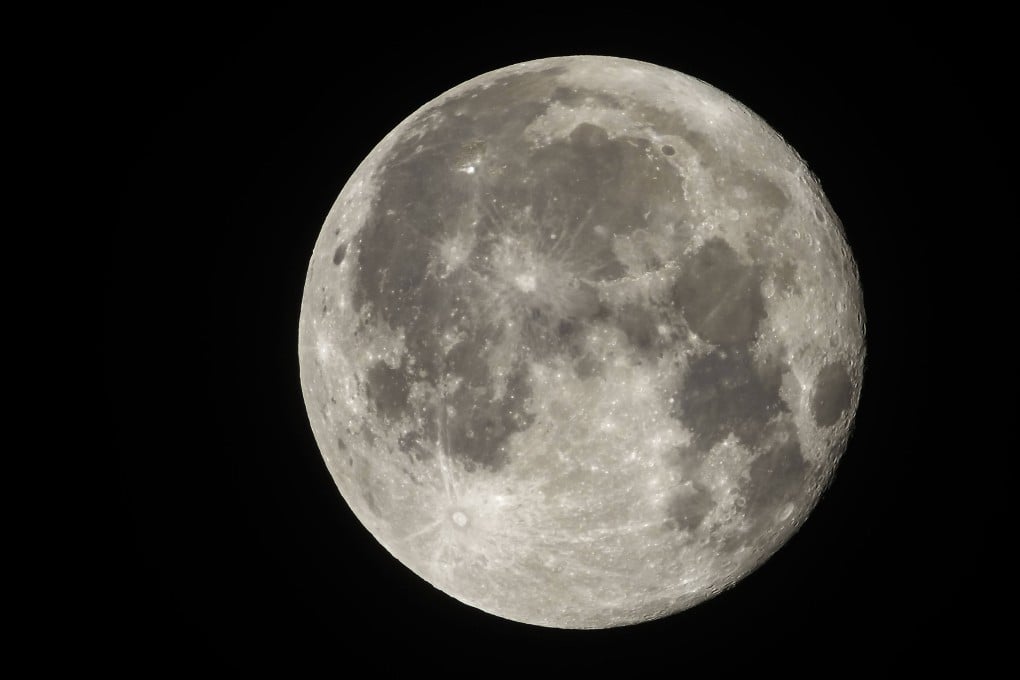China has built an artificial moon that simulates low-gravity conditions on Earth
- It is said to be the first of its kind and could play a key role in the country’s future lunar missions
- Landscape is supported by a magnetic field and was inspired by experiments to levitate a frog

China has built a research facility that simulates the low-gravity environment on the moon – and it was inspired by experiments using magnets to levitate a frog.
Lead scientist Li Ruilin, from the China University of Mining and Technology, said it was the “first of its kind in the world” and would take lunar simulation to a whole new level.
The simulator can make gravity “disappear”, Li said in an interview on Tuesday. While low gravity can be achieved in an aircraft or a drop tower, it is momentary. Li said in the simulator that effect can “last as long as you want”.
At its heart is a vacuum chamber that houses a mini “moon” measuring 60cm (about 2 feet) in diameter. The artificial lunar landscape is made up of rocks and dust that are as light as those on the moon – where gravity is about one-sixth as powerful as the gravity on Earth – partly because they are supported by a magnetic field.
When the field is strong enough it can magnetise and levitate things – from a living frog to a chestnut – against the gravitational force.